The Sacred Hunter of Ancient Mesoamerica
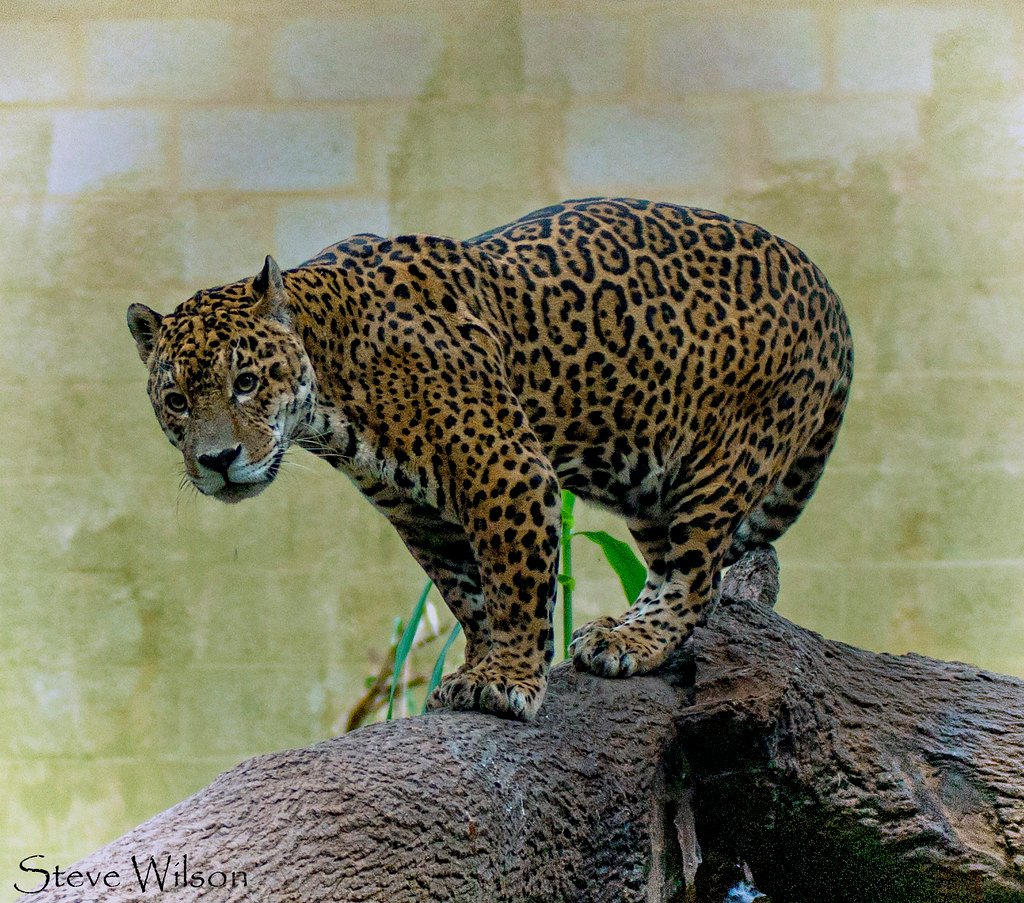
Picture this: a massive spotted cat stalking through dense jungle, its golden eyes reflecting the filtered sunlight. For the ancient peoples of Mesoamerica, this wasn’t just any predator — it was a living god. The jaguar held a sacred place in civilizations long before Europeans ever set foot in the Americas.
Archaeological evidence shows that jaguar worship dates back over 3,000 years. The Olmec civilization, often called the “mother culture” of Mesoamerica, carved intricate jaguar sculptures and built entire ceremonial complexes around these magnificent cats. These weren’t simple animal depictions — they were spiritual portals to the divine.
Tezcatlipoca: The Jaguar God of Night

In Aztec mythology, few deities commanded as much respect and fear as Tezcatlipoca, whose name literally means “Smoking Mirror.” This powerful god often appeared in jaguar form, prowling through the darkness with supernatural strength. The Aztecs believed he could see into human hearts and judge their worthiness.
Warriors who captured enemies in battle earned the right to wear jaguar pelts, transforming them into “jaguar warriors” — elite fighters who embodied the cat’s stealth and power. These weren’t costume parties; they were sacred transformations that connected mortal men to divine feline energy.
Maya Shamans and Shape-Shifting Legends

The Maya took jaguar reverence even deeper into mystical territory. Their shamans claimed the ability to transform into jaguars during spiritual journeys, traveling between the world of the living and the realm of the dead. This wasn’t Hollywood fantasy — it was serious religious practice backed by complex rituals and sacred plants.
Maya kings often incorporated “Balam” (jaguar) into their royal names, declaring themselves earthly representatives of the great cat. King Jasaw Chan K’awiil of Tikal literally meant “He Who Clears the Sky, Lord of the Jaguar.” Talk about powerful branding that lasted centuries.
The Underworld Guardian
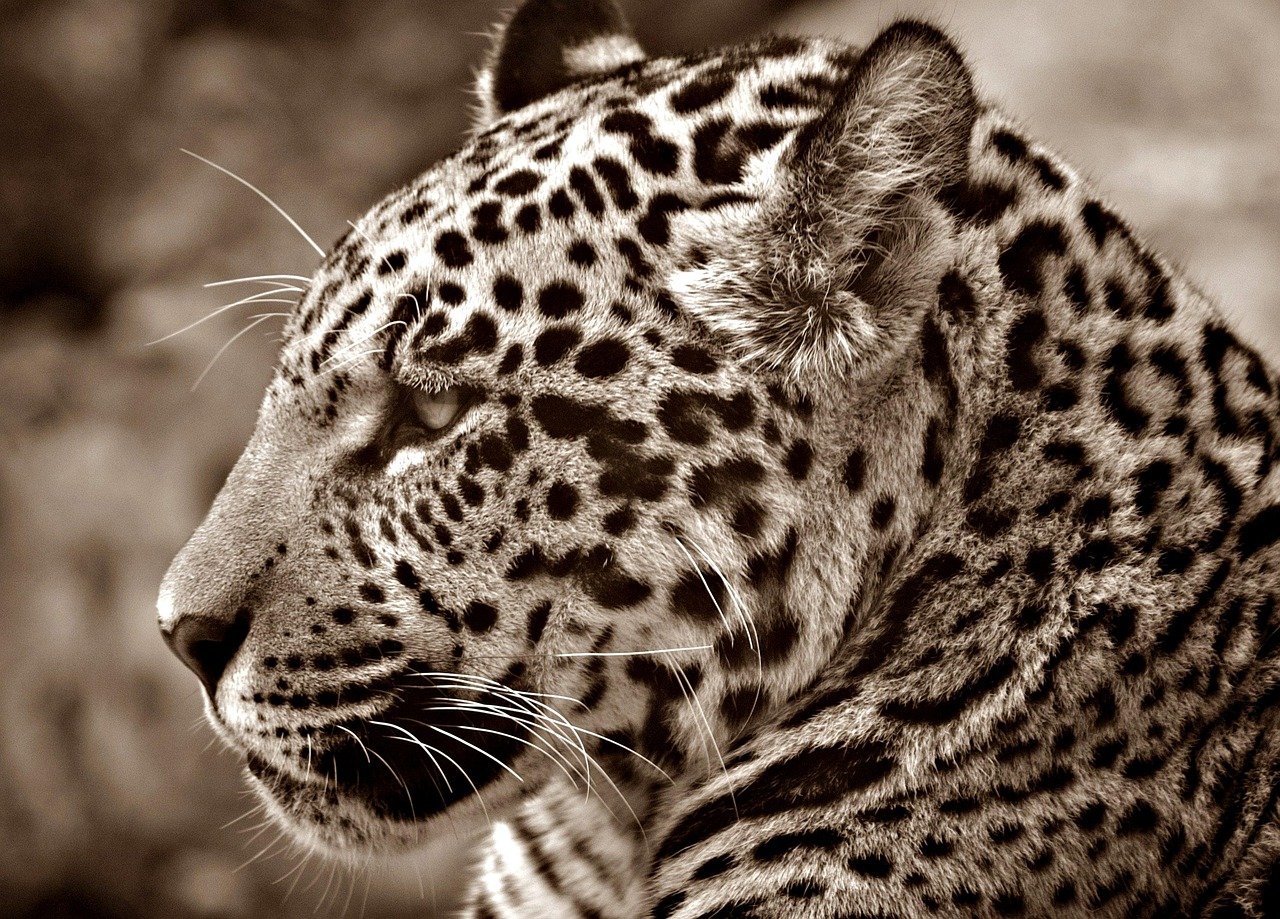
Across multiple Mesoamerican cultures, jaguars served as guardians of the underworld. Their spotted coats represented the night sky, with each rosette symbolizing a star in the cosmic darkness. When the sun “died” each evening, it transformed into a jaguar to battle demons and monsters in the underworld before being reborn at dawn.
This cosmic role elevated jaguars beyond mere animals — they became essential players in the universal struggle between light and darkness, life and death. Temple walls throughout Mexico and Central America still bear testimony to this profound spiritual connection.
Spanish Conquest and Cultural Disruption

When Spanish conquistadors arrived in the 16th century, they encountered a world where jaguars were revered as gods. The clash between Christian beliefs and indigenous jaguar worship created a cultural earthquake that reverberates to this day. Many sacred jaguar sites were destroyed or built over with Christian churches.
Yet the jaguar’s power proved remarkably resilient. Indigenous communities found ways to preserve their feline reverence within new religious frameworks, often associating jaguar attributes with Christian saints. This cultural camouflage helped ancient beliefs survive centuries of suppression.
Colonial Art and Hidden Symbolism
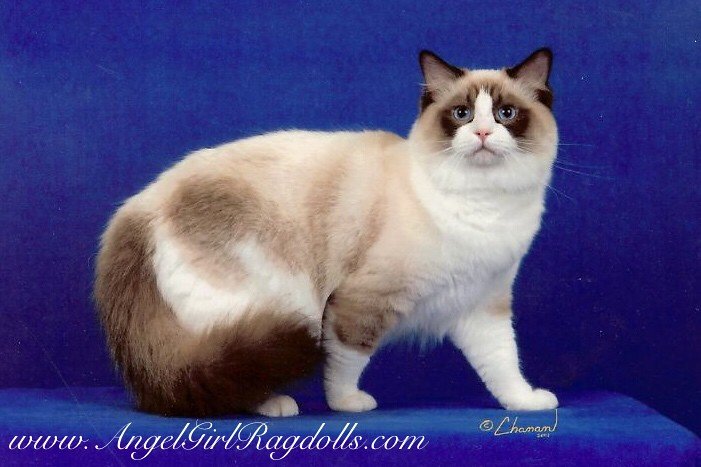
During the colonial period, indigenous artists became masters of hidden symbolism. Jaguar motifs appeared in church decorations, manuscript illuminations, and textile patterns — often disguised or abstracted to avoid detection by Spanish authorities. These weren’t acts of rebellion; they were acts of cultural survival.
European artists, meanwhile, began incorporating jaguars into their own work, often portraying them as exotic curiosities or symbols of the “New World’s” wild nature. This marked the beginning of the jaguar’s transformation from sacred deity to cultural symbol in the broader Western imagination.
Indigenous Communities Today
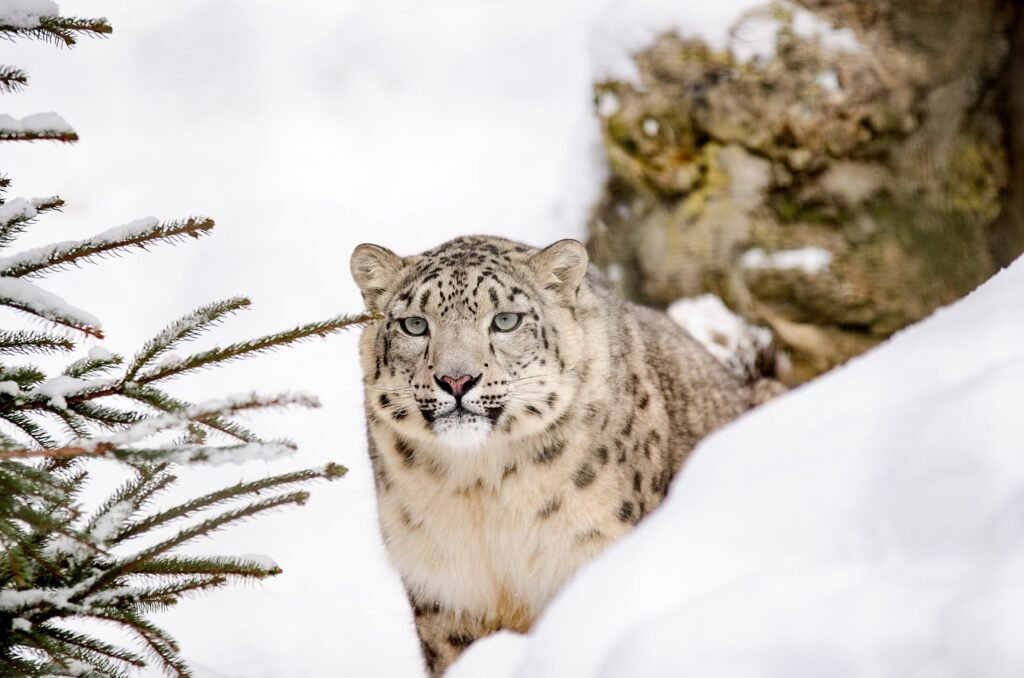
Travel to remote villages in the Amazon or the mountains of Guatemala, and you’ll find that jaguar reverence hasn’t disappeared — it’s simply evolved. Many indigenous communities still consider jaguars sacred protectors of the forest, essential for maintaining cosmic balance. Shamans continue to seek jaguar spirits for guidance and healing.
These modern practitioners face a heartbreaking irony: as their spiritual connection to jaguars remains strong, the actual cats are disappearing from their traditional territories due to deforestation and hunting. The keepers of ancient jaguar wisdom are watching their living gods vanish before their eyes.
National Symbols and Modern Pride
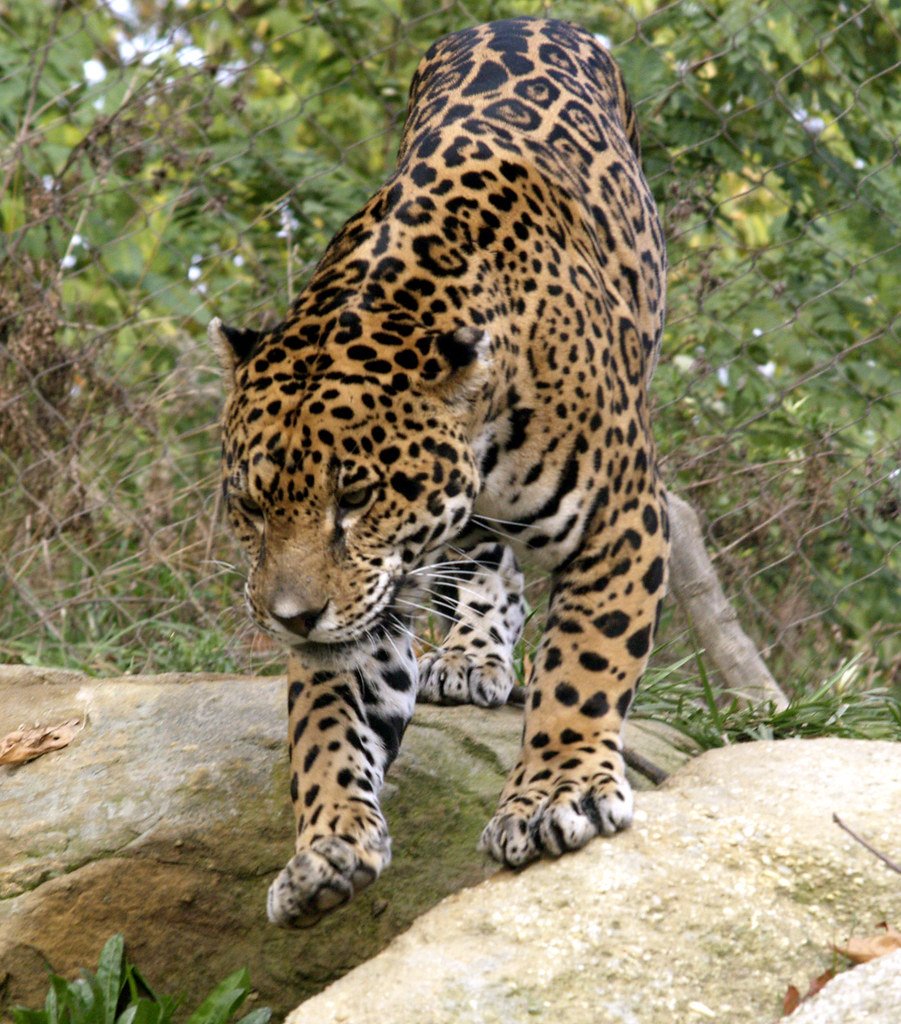
Several Latin American countries have embraced the jaguar as a national symbol, connecting modern identity to ancient roots. Belize features a jaguar on its coat of arms, while Mexico’s national soccer team is nicknamed “El Tri” but often celebrates with jaguar imagery during important matches. These aren’t random choices — they’re deliberate connections to pre-Columbian heritage.
Brazil’s relationship with jaguars runs particularly deep, given that the country hosts the largest jaguar population in the world. The jaguar appears in Brazilian literature, music, and art as a symbol of national strength and natural heritage.
Hollywood and Popular Culture
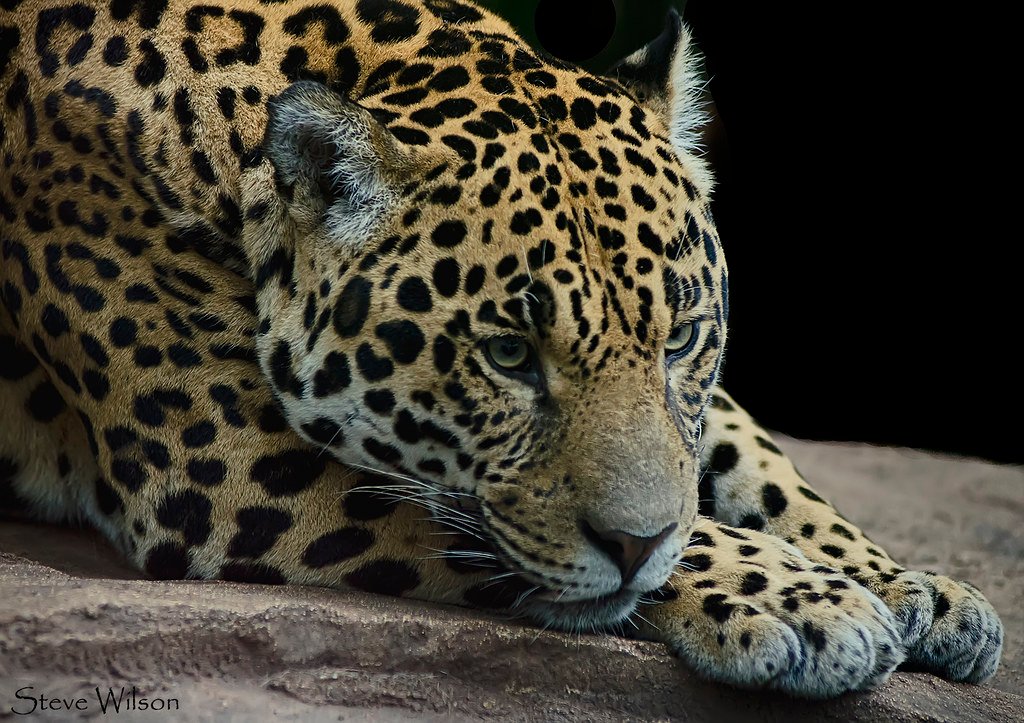
The jaguar’s journey into global popular culture accelerated through Hollywood films and adventure stories. From Tarzan movies to animated features, jaguars often represent the mysterious power of the jungle — though these portrayals rarely capture the deep spiritual significance these cats held in indigenous cultures.
Video games, comic books, and fantasy literature have created their own jaguar mythologies, often borrowing elements from Mesoamerican traditions without fully understanding their original context. This cultural appropriation has sparked important conversations about respecting indigenous heritage while celebrating these magnificent cats.
Fashion and Luxury Symbolism
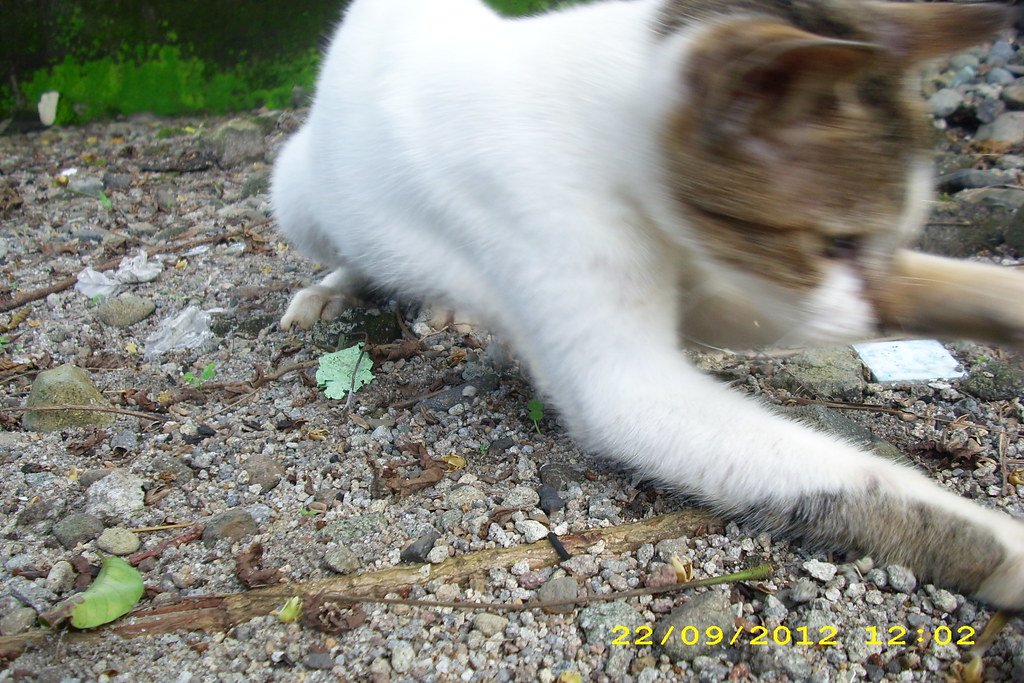
The fashion industry has long used jaguar imagery to convey luxury, power, and exotic appeal. From car logos to clothing patterns, the jaguar’s distinctive rosettes have become instantly recognizable symbols of prestige. Ironically, this commercial success has sometimes contributed to the real cats’ endangerment through illegal hunting for their pelts.
High-end brands increasingly recognize their responsibility to support jaguar conservation, with some companies funding protection programs or refusing to use real jaguar products. This represents a shift from exploitation to stewardship in the relationship between commerce and wildlife.
Conservation and Cultural Revival
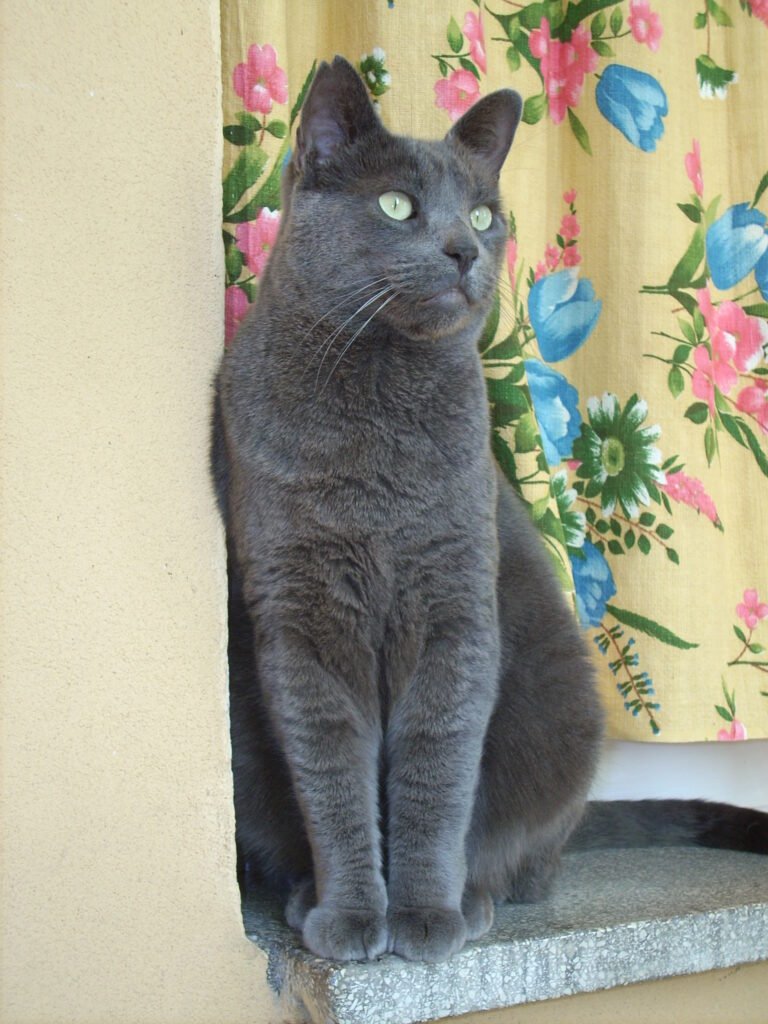
Modern conservation efforts often intersect with cultural preservation, recognizing that protecting jaguars means supporting the indigenous communities who have coexisted with these cats for millennia. Traditional ecological knowledge proves invaluable for understanding jaguar behavior and habitat needs.
Young indigenous activists are rediscovering their ancestors’ jaguar traditions while fighting for forest protection. They understand that saving the jaguar means saving their cultural identity — and vice versa. This fusion of ancient wisdom and modern activism creates powerful advocacy for both cats and communities.
Ecotourism and Economic Value
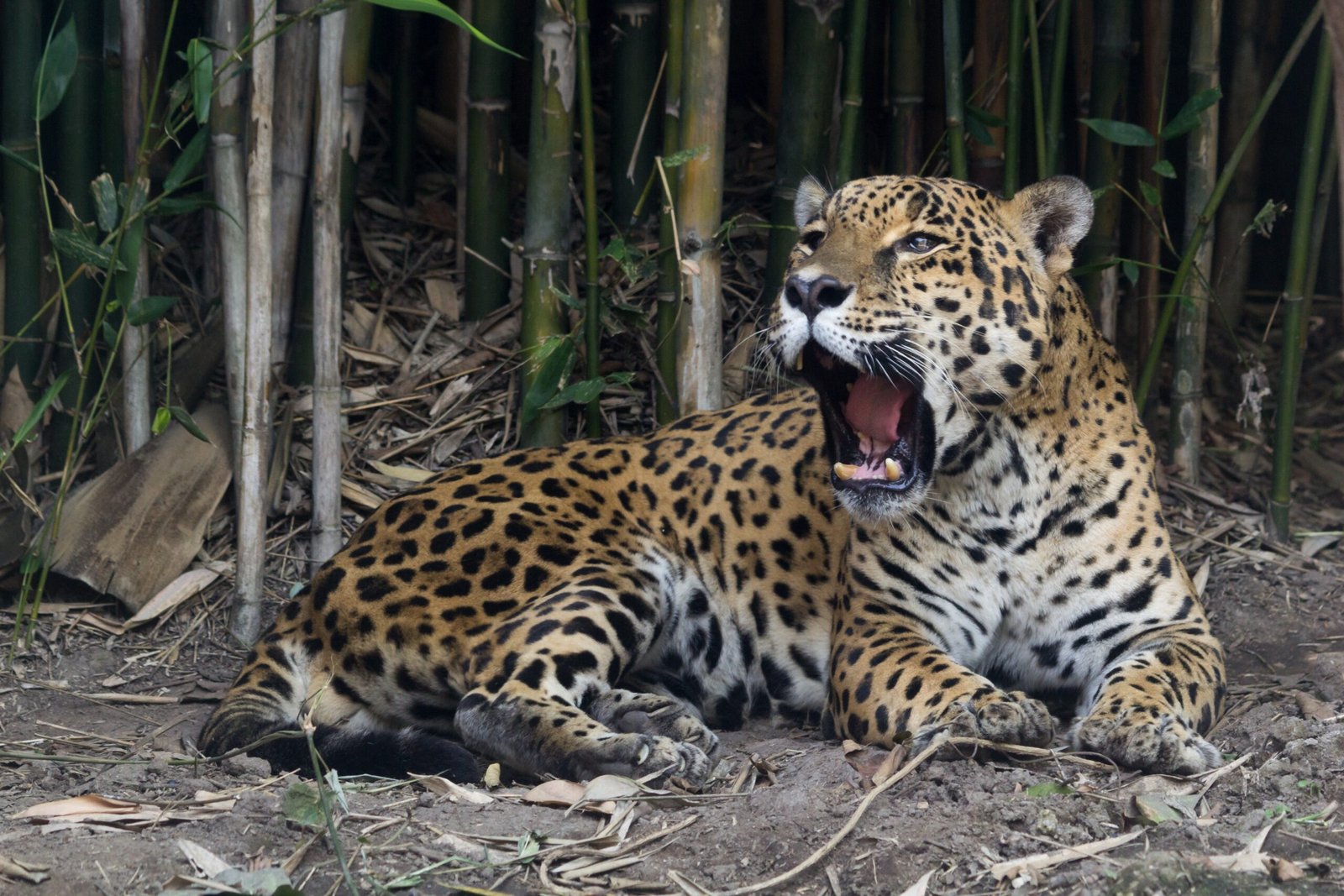
Countries like Costa Rica and Brazil have discovered that living jaguars generate more economic value than dead ones through ecotourism. Visitors pay thousands of dollars for the chance to photograph jaguars in the wild, creating financial incentives for habitat protection and local employment opportunities.
This economic model helps bridge the gap between cultural reverence and practical conservation needs. Communities that once viewed jaguars as threats to livestock now see them as sources of sustainable income through responsible tourism programs.
Scientific Research and Cultural Understanding
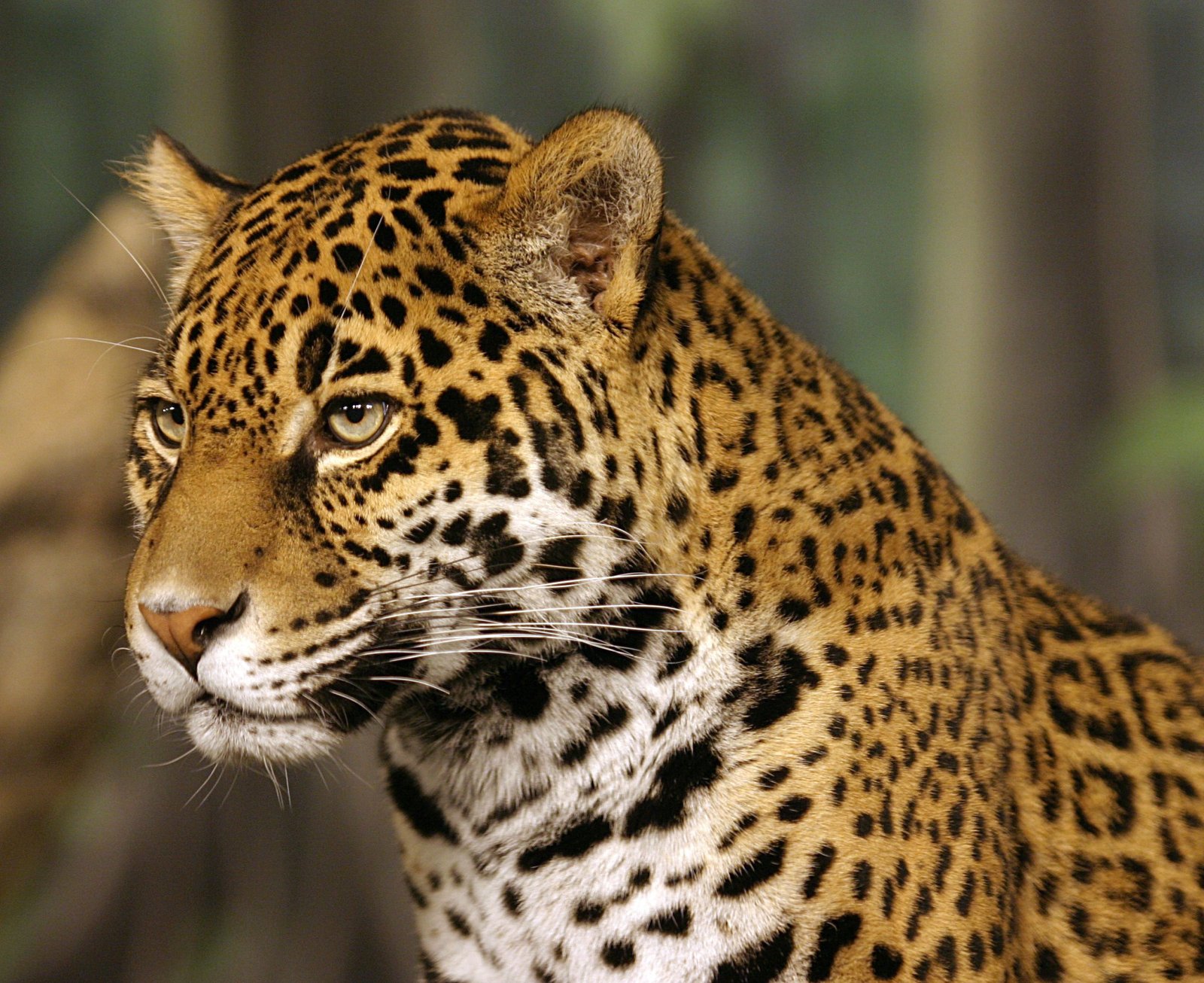
Modern jaguar research increasingly incorporates traditional knowledge from indigenous communities, recognizing that local people often understand jaguar behavior better than outside scientists. This collaboration between ancient wisdom and modern technology produces more effective conservation strategies.
Camera traps placed according to indigenous tracking knowledge capture unprecedented footage of jaguar behavior. GPS collars combined with traditional territory maps reveal migration patterns that pure science alone might miss. This partnership approach respects both cultural heritage and scientific methodology.
Climate Change and Sacred Landscapes

As climate change alters jaguar habitats, indigenous communities find themselves protecting not just animals but sacred landscapes that have spiritual significance dating back centuries. Forest fires and droughts threaten both jaguar populations and the ceremonial sites where ancient jaguar rituals took place.
Environmental activism in jaguar territories often carries deep spiritual motivation, with protesters viewing habitat destruction as attacks on sacred space. This adds emotional intensity to conservation efforts that purely scientific arguments might lack.
Digital Age Symbolism

In our connected world, the jaguar has found new life as a digital symbol. Social media profiles, gaming avatars, and online brands frequently adopt jaguar imagery to convey strength, mystery, and primal power. Memes featuring jaguars spread ancient symbolism through modern communication channels.
Cryptocurrency projects, tech startups, and digital art collections all incorporate jaguar themes, often without realizing they’re participating in a tradition that spans thousands of years. The cat that once guarded Aztec temples now prowls through virtual worlds and blockchain networks.
Future Guardians

What would the ancient Aztec and Maya think about jaguars today? Perhaps they’d recognize something familiar in our efforts to protect these magnificent cats — a continuation of the sacred duty they felt toward their spotted gods. Modern conservationists, whether they realize it or not, are carrying forward an ancient tradition of jaguar guardianship.
The jaguar’s journey from Aztec deity to modern symbol reflects our evolving relationship with the natural world. These cats continue to inspire awe, respect, and protective instincts across cultures and generations. Their spots still represent stars in the cosmic darkness, and their presence still signals the health of the wild places they call home.
As we face an uncertain future for both jaguars and the ecosystems they inhabit, maybe we need to remember what our ancestors understood: some things are too sacred to lose. Did you expect such an ancient connection to feel so relevant today?
Hi, I’m Bola, a passionate writer and creative strategist with a knack for crafting compelling content that educates, inspires, and connects. Over the years, I’ve honed my skills across various writing fields, including content creation, copywriting, online course development, and video scriptwriting.
When I’m not at my desk, you’ll find me exploring new ideas, reading books, or brainstorming creative ways to solve challenges. I believe that words have the power to transform, and I’m here to help you leverage that power for success.
Thanks for stopping by, Keep coming to this website to checkout new articles form me. You’d always love it!






